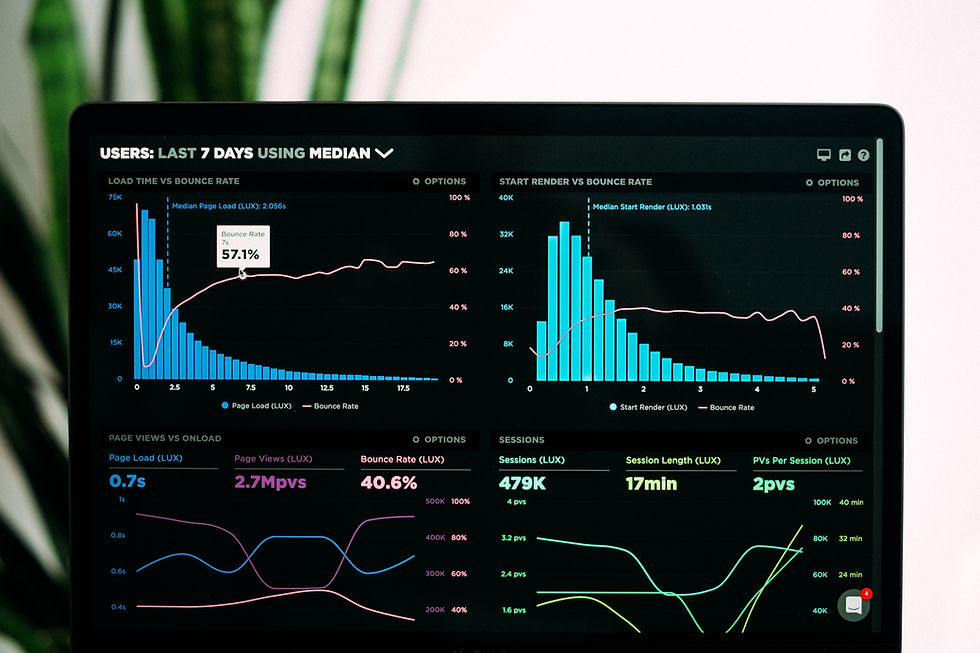Financial Statements
- The Teen Trillionaire

- Nov 4, 2020
- 3 min read

Corporate Financial Statements:
Commonly, financial statements are correlated with businesses. They are a formal record of the business’ activities and financial performance. The primary purpose of these statements is to collect data to determine how a company is taxed. They can show crucial information regarding financing and investing, which potential investors and financing sources consider carefully. Financial statements for businesses are usually collected by government agencies and firms. There are four basic financial statements that can be found in three financial documents to look for.
The first financial statement is the balance sheet. This provides information about the assets, liabilities, and stockholder equity a business has at a time. Assets are what the business owns, such as property. Liabilities are what the business owes. Shareholder equity is the remaining amount of assets available to stockholders after they have paid all liabilities. The statement of shareholder equity is also included in the balance sheet. This statement allows stockholders to get an idea of how well the company’s operations and their activities to gain more income are going.
The income statement is the second financial statement to review. This part focuses on what the business earns, and what the business spends. The spending of the businesses is subtracted from the revenue, which determines how much profit the business makes; the net income.
Next, the third financial statement is the cash flow statement. This part calculates how well the business pays off debts, funds investments and funds expenses. It provides information about where a business’ money comes from and how it is spent.
Essentially, these statements serve as the “Nutritional Facts” label for a company, and provide the core details regarding a company’s money situation. If you are considering investing in a company’s stocks, the financial statements are a great tool that can make smart investing choices. Doing this research can show you the company’s history of money management, how much they return, and how well they return money. Consider paying close attention to these statements; you do not want to invest in a company with poor statistics!
Personal Financial Statements:
Apart from financial statements for businesses, people can have their own financial statements too. These statements include the details of a person’s income, what the person owns (assets), what they owe (liabilities), and their net worth (liabilities subtracted from assets). If you have more assets than liabilities, your net worth is positive. If you have more liabilities than assets, then your net worth is negative. Having a positive net worth is what you should aim for at all times.
Personal financial statements are important when you seek a loan, as the sources you apply for loans will want to learn about your financial situation and how you repay debts. For example, you might request a hefty loan, but the financing source sees that you have very little assets and many liabilities, they may turn you down because the risk of loaning to you might be too great. These statements can also be crucial when you are purchasing a business, leasing property, and other significant business ventures, as people want to see that you are qualified by being financially stable.
You can create your very own financial statement here (click the “Create My Document” button). As a younger teenager, you likely won’t have many notable assets, nor have any liabilities at all. However, it is important that you keep your assets and liabilities in mind; having an outstanding debt should be avoided, and having a clean financial statement is ideal for business ventures and activities. Make sure you do not bite off more than you can chew. Furthermore, be sure to invest wisely in diverse assets. Do your research with financial statements when looking into companies! Get out there and become a teen trillionaire!
Written by Brian Caballo




Comments